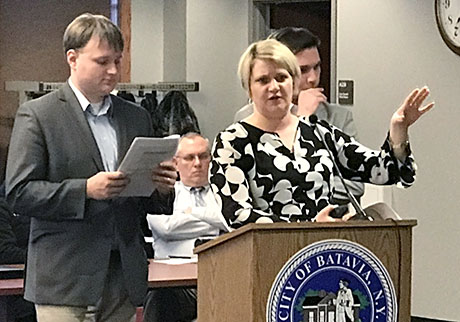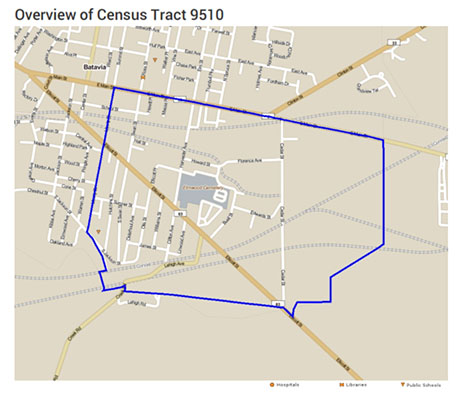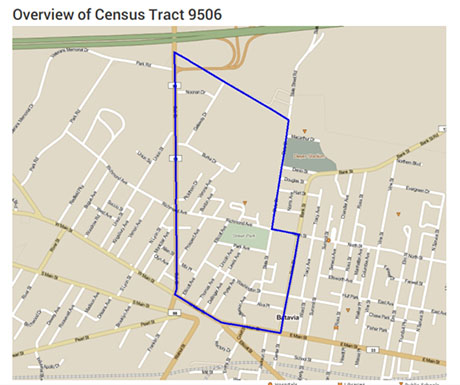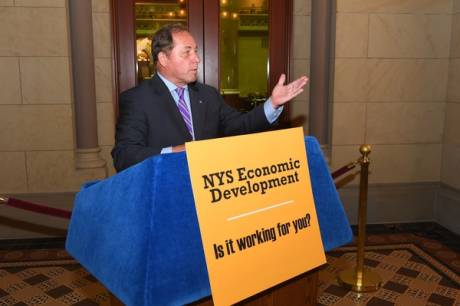Video: A conversation with Steve Hyde about economic development in 2020
Last week, we sat down with Steve Hyde, CEO of the Genesee County Economic Development Center, and talked about the state of economic development here in 2020.
Here are some key quotes:
On developing Downtown:
One of the keys that we're in today is our industrial development activities are almost outpacing some of our other readiness elements in our community. And I'm talking about placemaking. I'm talking about housing. I'm talking about live, work and play activities in our gut and our population centers and our downtowns. That's part of the reason why we've become very invested in a lot of the downtown revitalization initiative activities and projects.
On the future of WNY STAMP:
We're really kind of focusing our target marketing on the site between the north campus, which is 850 acres, and the south campus, which is about 400. By the end of this year, the south campus is going to be shovel ready. What that's going to allow us to do is really dial in our marketing. We're going to focus on food and beverage in the southern part of the campus and warehousing and distribution, because the capacities of what's going to be shovel ready as far as water, sewer, electric, meet the needs of those industries. So we're going to really focus on those industries, diversify the focus, still focus on clean tech and tech up in the north campus.
On the challenges of economic development in New York:
Upstate New York has been in decline for 50 years and many people say it. But that's part of the reason why you have to swing for the fences on big industrial development projects. You know, the only way that you're going to bring yourself out of a situation where you're gonna turn that economy around, you're gonna have a chance to change the trajectory of your economic cycle is by doing things differently, swinging for the fences. And in our case, we have this advantage at the stamp site, and the ag park is kind of proof positive that you can do it at scale. We've had a lot of success at the AG Park, which has proven, I think to a lot of the investors at the state level that STAMP can work.
On Ellicott Station:
We are down to three months away from hearing about Ellicott Station. One of the biggest challenges with Ellicott Station was the time it took to get here where we are today. The problem was, we set ourselves up because that big announcement back in March of 2016 that, you know, Severino Companies was chosen. Yeah, they were chosen. That was exciting. But I think it was we kind of did it to ourselves. We portrayed that as ready to break ground. It wasn't. That was just the developer being selected. There wasn't a dollar aligned with it. That's part of the reason why we've engaged so fully in that project, to do all we can to try to help that project get funded.
On the importance of the Muckdogs to economic development:
The Muckdogs play right into what I've been almost screaming about, right? It is getting lifestyle energized back in our community. And they offer one of those special attractions for folks of all ages, including the millennials, that we need to come here and work in these growing businesses, to have a lifestyle experience. I mean, what is another example of Americana but sitting out in the summer night and seeing fireworks and having a hot dog and hanging out with a beer or a soda, whatever your preference is, and enjoying a good summer American night with a professional baseball?






